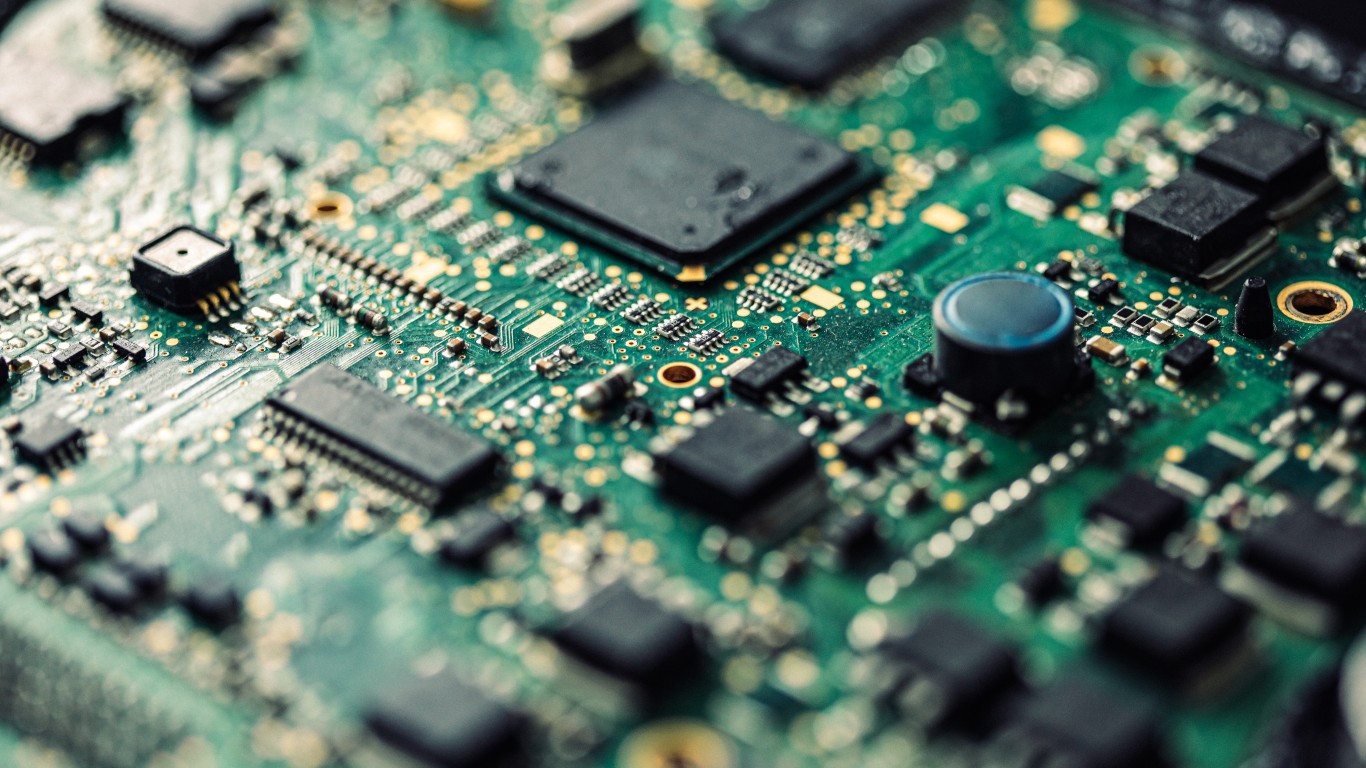Investing
If You Invested Just $1,845 in AMD Stock 10 Years Ago, Here's How Much You Would Have Today

Published:

Advanced Micro Devices (NASDAQ:AMD) is having a shockingly bad year. Despite sales and profits growing, shares have been cut nearly in half from their all-time high of $227 a stub hit last March.
Investors seem frustrated. While data center revenue is growing by leaps and bounds, gaming and embedded segments saw significant declines. Certainly, artificial intelligence grabs the headlines, but it is also where companies are spending the most. It makes sense to focus more on the segment.
Ten years ago, things were a lot simpler. Advanced Micro Devices primarily made chips for the graphics market and for the gaming industry. It was competing against Nvidia (NASDAQ:NVDA) in the graphics processing unit (GPU) market and against Intel (NASDAQ:INTC) in the x86 central processing unit (CPU) market.
If you decided to invest $1,845 in the company 10 years ago and held on to your stock, your position would now be worth many times more than your initial investment.

CEO Lisa Su came on board in 2014 amid an uncertain future for Advanced Micro Devices. However, she changed the company’s direction and its fortunes. AMD began making more powerful chips and expanded its portfolio of custom and embedded chips. It allowed the chipmaker to capitalize on Intel’s fumbles.
While the situation would get worse (much worse) before they got better, the tables would eventually turn. The stock would first lose another third of its value in the months that followed, but within a year would triple in price.
Advanced Micro Devices launched its Polaris graphics cards, which bolstered its computing and graphics segment, while strong demand for semi-custom game console chips helped lift the semi-custom segment. It also promised its upcoming Ryzen CPU and the high-end Vega GPU would turn things around,
Sales started rising appreciably and losses turned to profits as a pair of RX Vega cards allowed it to better target the data center market. It then introduced the Radeon VII, which was the first gaming graphics card to be built on a 7-nanometer process. Much like today, Nvidia’s premium pricing gave AMD a nose under the tent.
The market responded as the chipmaker’s stock more than 10X’d to over $30 a share over the course of a year.

The last five years have been kind to Advanced Micro Devices. First, it upgraded its CPUs for the PC market (Ryzen) and the server market (Epyc) while transitioning chip production to Taiwan Semiconductor Manufacturing (NYSE:TSM) from its former foundry business, GlobalFoundries (NASDAQ:GFS), AMD was able to sell smaller, denser, and more powerful chips.
Today, the results speak for themselves. Advanced Micro Devices reported total third-quarter sales of $6.8 billion, up 18% year-over-year and ahead of management’s guidance, while profits surged 158% to $771 million, or $0.47 per share.
It continues to gain share in CPUs with its Epyc server chips, stole market share from Intel in PCs, while exhibiting strong growth in AI GPUs, which generated $1.5 billion in sales. The chipmaker’s AI business started from essentially nothing last year, but has grown to over $3 billion in sales year-to-date. Still, the market was hoping for more and has cut its stock off at the knees.
That $1,845 investment 10 years ago would have netted you 753 shares. Had you held on for the entire time, you would be sitting on $100,040 today, a 5,320% cumulative return, or a 49.1% compound annual growth rate.
In comparison, the S&P 500 had a 256% cumulative return, which would have turned $1,845 into $6,558 over that same time.
Advanced Micro Devices finds itself in much the same position it did a decade ago, trailing Nvidia and investors wondering whether it can still compete. It has many of the same factors in its favor as it did back then, including improved and powerful AI accelerators that offer equal or better performance at lower prices to the competition.
Simply sticking with a buy-and-hold investment strategy with established industry leaders can be your ticket to explosive returns.
Thank you for reading! Have some feedback for us?
Contact the 24/7 Wall St. editorial team.